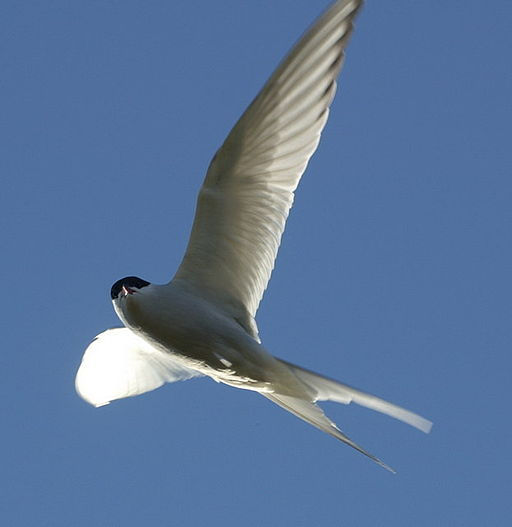Wildlife and wild swim
- Genny Early

- Jul 23, 2020
- 3 min read
I lower myself into the water each time, swim hat and goggles in place, acclimatising to my change from land mammal to less well-adapted water creature, but nevertheless, becoming part of the wild. I am a human animal, submerged in water, at eye level with ducks and dragonflies, using my strength against the current.
The physicality of swimming, the thrust through the water, feeling the chill build, the glare of sun off the water challenging my eyes, the ripples, spray, and wind-driven waves hitting the back of my head – these are all part of feeling alive and in the moment. Only the now matters.

The light is different every time, early morning, or late evening, seasonal changes. My favourite is early morning, a blue sky, sunny, yet with a nip in the air to feel properly alive. The water a silky cool. The first few minutes are a gentle breaststroke to acclimatise, and then the face goes in the water, the first ouch of chill, before the skin on my forehead, cheeks, nose adjusts. Eyes peering through the green light, into the shadows and brown depths, bubbles flying from extending hands. Passing into the shadow of trees casting a gloom and back into the reflected brightness of blue sky, through the sheen of polished mirror water. I wish I could simultaneously swim, and also watch the wildlife around me unimpeded.

A tern, white and silvery, with its long tail, aptly nicknamed 'sea-swallow' flies overhead, gracefully, speedy and athletic, darting and hovering over water before plunging vertically down for a fish. A group of swifts fly low and fast over the water, catching insects, swooping and changing direction effortlessly. In the evening, they fly high above the river as the insects have been lifted in the rising columns of the thermals.
On the river bank, reed buntings flit between silt-caked reeds, occasionally darting across the river to the reed banks on the other side.

A moorhen stands on one leg preening, unalarmed at her vicinity to orange-clad swimmers. Once, a cuckoo flew above us, from Wytham Woods to the hawthorns on the on the side, and was then chased out by dunnocks. Her flight seemed awkward; was she carrying an egg to be imminently laid? Ducks, crisply mottled in shades of brown, taupe and black, float by in huddles, eyeing us with friendly brown eyes. A cluster of three swans veer away into the bankside.


The river bank is cloaked with vegetation, curtains of brambles falling into the water, trees dipping the tips of branches into the waves. Loosestrife, a brightness of tall purple spires, next to frothy cream Meadowsweet, and a small blue salvia as yet unidentified (by me). Hemlock water dropwort, umbels lifted on corrugated stems, in distinctive clumps along the waterside, very poisonous but who cares, I’m not about to eat it and the insects are enjoying it.

I swim close to the bank, looking for holes of water voles (in vain; they prefer reedy waterways with more cover). The tangles of hawthorn and oak, brambles and nettles, form a messy barrier to the bank, goldfinches flying high up in the branches. White trumpets of convolvulus hang from scrub. Uninviting the scrub may be to humans, it forms a perfect habitat for birds to nest safely, insects to breed and feed, and a world of life exists, barely visible from the water.
The occasional passing of a boat, the swimmers who have increased in numbers since lockdown, the rumble of traffic across the Swinford Toll bridge, it is not possible to entirely ignore the world of human life continuing above the banks of the river. But it is a complete joy to put it to one side, and submerge in the world of the river, renewing one’s physical animal spirit in the silty current of the Thames.

Gen Early, July 2020





